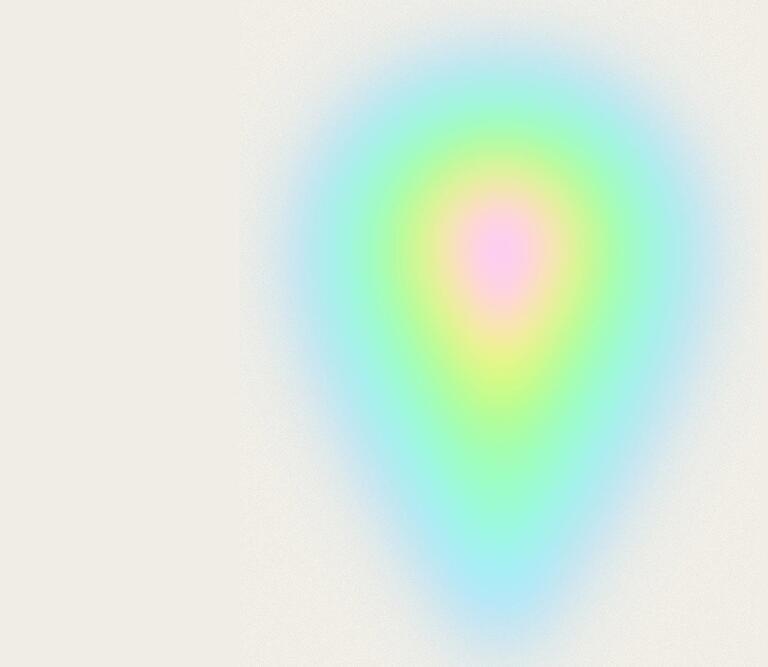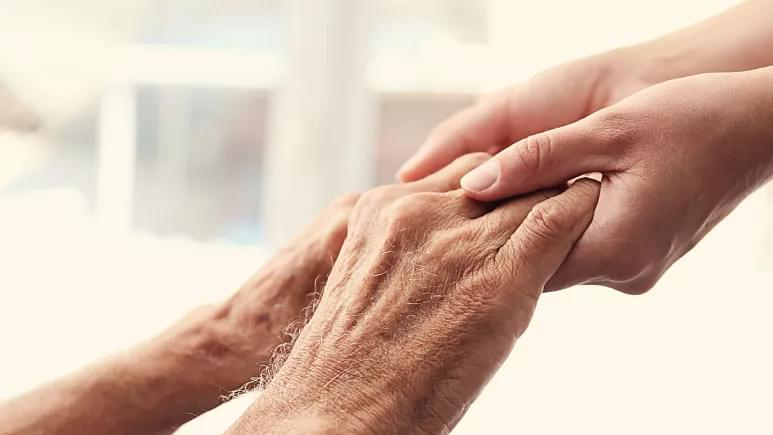Researchers have for the first time characterized a unique molecular mechanism of the early stages of programmed cell death or apoptosis, a process which plays a crucial role in prevention of cancer.
The study, which is published June 2, 2023 in Science Advances, was led by Dr. Luke Clifton at the STFC ISIS Neutron and Muon Source (ISIS) in Oxfordshire, alongside co-lead Professor Gerhard Gröbner at the University of Umeå and partners at the European Spallation Source in Sweden. It is the most recent in a series of research collaborations by this team, investigating the cellular proteins responsible for apoptosis.
Apoptosis is essential for human life, and its disruption can cause cancerous cells to grow and not respond to cancer treatment. In healthy cells, it is regulated by two proteins with opposing roles known as Bax and Bcl-2.






